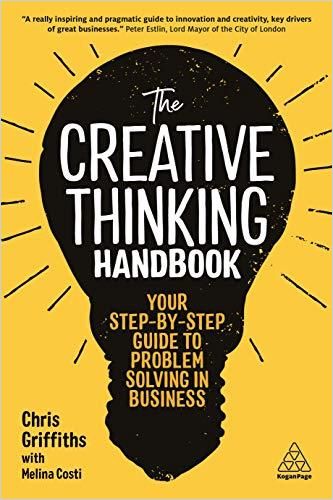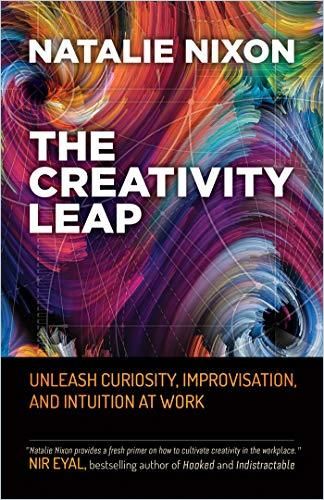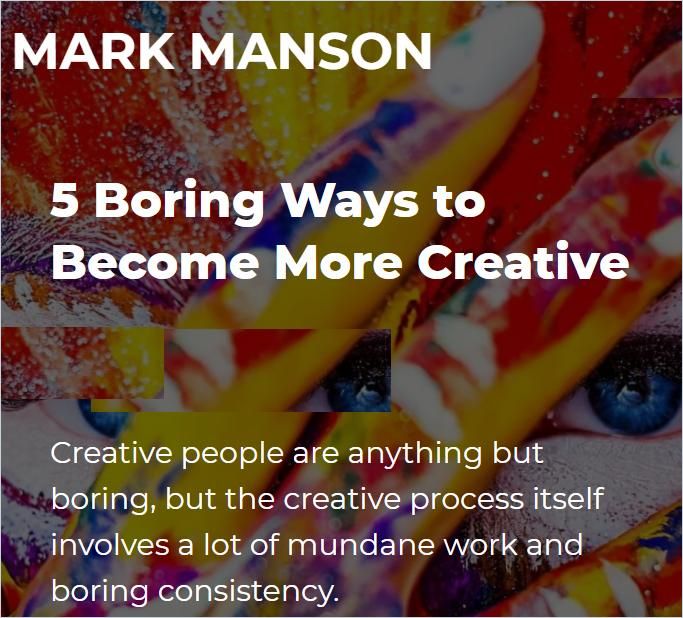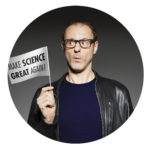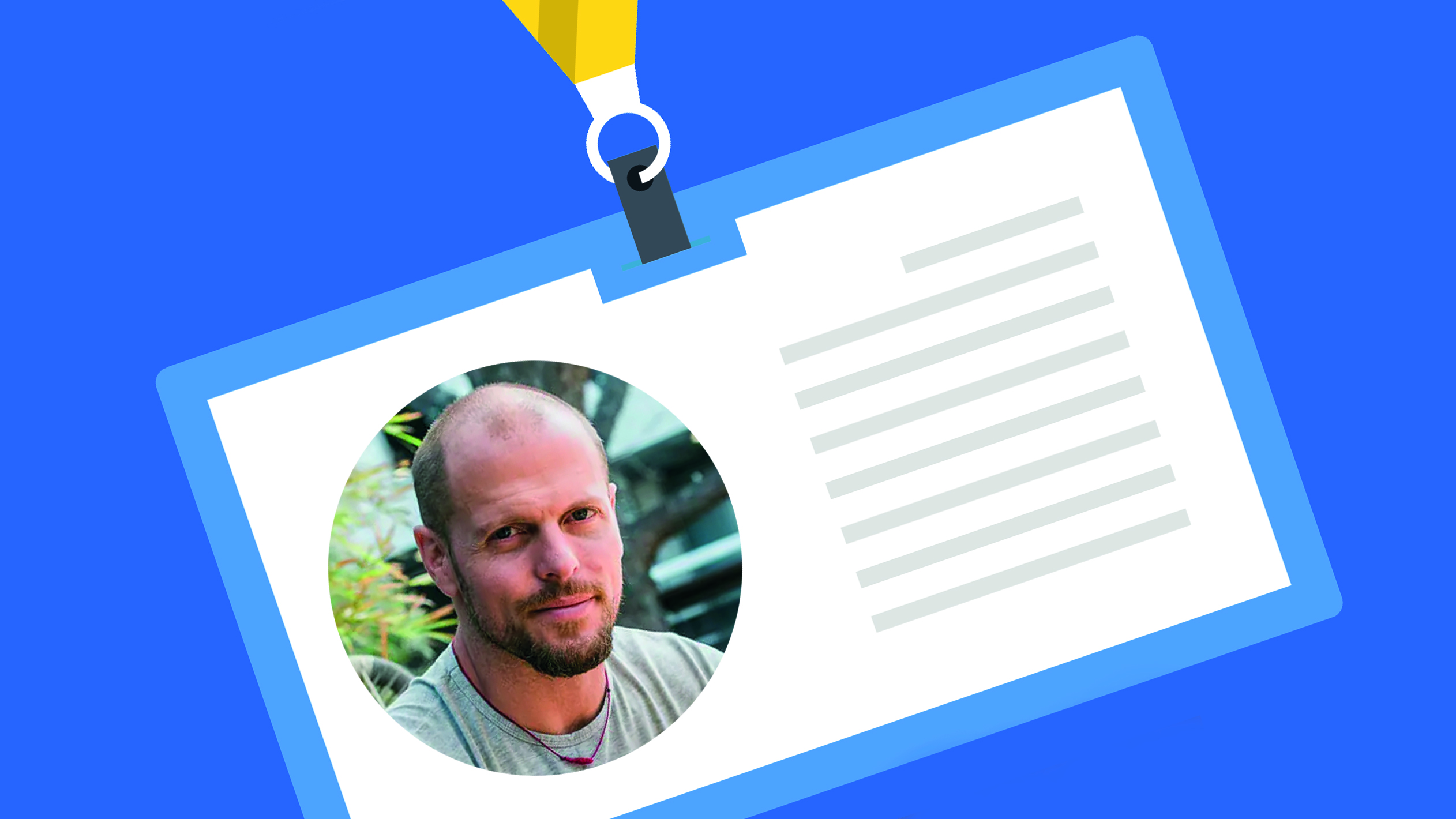In a Two-Person Tent with Richard Branson (and Hannibal Lecter)

In the 1980s, golf pro Jack Nicklaus got the task to build an 18-hole golf course on Grand Cayman. Unfortunately, the island is far too small for a golf track this size. So how does one design something so large on an island the size of a phone booth? Impossible! But Nicklaus came up with a solution anyway by asking a different question: “What needs to be changed to be able to play on a regular 18-hole track by using up the smallest possible space?” He pondered over it and developed the “Cayman Ball,” a golf ball that only flies half the distance when hit with the regular force. Clever question – brilliant answer!
Sadly, to ask unorthodox creative questions isn’t a standard procedure in the business world. Usually, managers get to the top by giving intelligent answers. But they are not trained in asking questions. Because, by asking, one admits to a lack of knowledge. And that can be lethal for a business career: “Would the world miss out on a lot if our company didn’t exist? What benefits do we offer that computers cannot accomplish better? How many questionable appointments are on my team? And am I one of them?”
Note
Our columnist Vince Ebert speaks at congresses, conferences and company celebrations in German and English on the topics of success, innovation and digitization. Here you can hire Vince Ebert as a keynote speaker for your event.
In classically structured businesses, creative thinkers who ask unorthodox questions are not so much appreciated as a source of inspiration but are instead considered bellyachers and eight-balls. Small wonder: Who in a highly efficient enterprise needs people who constantly beg to differ on procedures and instructions and get on everyone’s nerves, ever so slightly, with their strange ideas?
Significantly, since only last year, the McKinsey guys restructured the whole affair. Now everything runs in “workflows” and “process trajectories.” Each employee is part of the value creation chain. The time for pondering and lateral thinking has been optimized away.
I finally want to get things moving!” the creative thinker laments.
“Go become a lift boy!” the consultant replies.
If at all, some companies let their head staff attend creativity seminars every once in a while, where they are encouraged to “look beyond their plate” and to think “outside the box.” That’s often amusing, and people find it “quite inspiring.” And because they feel like this, they believe they are very creative at the time. But that is nonsense: People feel good because their bodies are flooded with endorphins. That has nothing to do with creativity but with brain chemistry. More often than not, an idea that is perceived as utterly inspiring in any given workshop is nothing but garbage, artfully disguised conservative mainstream thinking.
Genuine creativity is provocative, radical, dangerous. None of which is prevalent. On the contrary, creative processes often cause resistance, doubt, discomfort and a sense of insecurity in the participants.
My favorite example of this is General Motors. Some years back, the company put their male interior designers in women’s clothes and high heels. No kidding. For the technicians, this was a highly uncomfortable situation. But when they had to squeeze into the cars in their tight skirts and high heel shoes, they learned a lot about the needs of their female customers. And maybe a little extra about themselves…
The Dark Side of Creativity
When we read in the papers about creative rule-breakers or innovative geniuses, we tend to picture somewhat whimsical but likable nerds who invented the paper-clip, double book-keeping, 12-tone music or cubism. But even the 9/11 assassins were “creative” in their murderous endeavor. Waterboarding may be very cruel, but its inventors were highly unlikely to think within conservative patterns. And the character of Hannibal Lecter from The Silence of the Lambs is fascinating to us precisely because he draws entirely unconventional deductions and breaks the rules in an utterly bizarre but brilliant fashion. Be that as it may, we still don´t want to spend a three-week excursion to the Norwegian fjords in a two-person tent with any of these people.
Successful entrepreneurs and creative people are often also rather exhausting fellows. Richard Branson is a big pubescent child. Steve Jobs was a charismatic choleric who considered oncologists clueless idiots and preferred to fight his cancer with esoteric naturopathy. Rumor has it that Reinhold Würth, legendary supplier of screws, humiliated his distributors who performed below average with negative incentives like: “Who sells the least product gets to go to Hanover for the weekend. Only in the rain. If the sun shines, we’ll cancel!”
Don’t get me wrong: This is not meant as an appeal to engage sociopaths, criminals or lunatics with your company. Also, efficient workflows and business structures are crucial. But just as essential for remaining sustainable in the future are questioning, rule-breaking, creativity and experimenting.
Many revolutionary innovations were rejected in the beginning. No studio wanted to produce Star Wars. Except for one. Seinfeld bombed even with the test audience and was only put on the air because a spot accidentally became available during the summer holidays.
And neither AltaVista nor Yahoo believed in the search algorithm that Larry Page and Sergey Brin created. Long before that, the world had a good laugh at Galileo, Darwin and the Wright brothers. When I first talked about my plan to combine science with comedy for the stage, people couldn´t stop laughing. Now nobody is laughing anymore.
For further reading on the topic, Vince recommends the following from our knowledge library:
Photo: Frank Eidel
